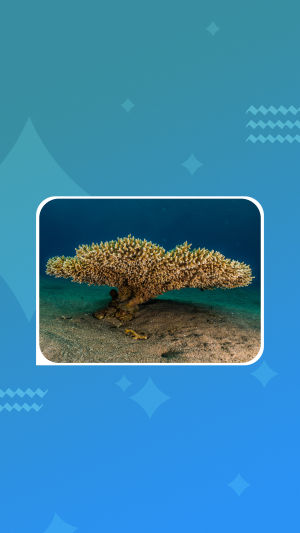Coral reefs are one of the most biodiverse ecosystems on earth, known as the "rainforest of the oceans", with extremely high primary productivity, and have long been an ecologically critical area of concern.
As a typical tropical and subtropical marine ecosystem, coral reef ecosystem has a very important economic and ecological value.
Coral reefs are rich in oil and gas resources.
Coral tuff can be used as raw materials for burning lime and cement.
Thousands of coral can be used as decorative crafts, and many reef areas have been opened as tourist sites.
Darwin according to the relationship between the reef and the shoreline, divided into shore reef, barrier reef and atoll.
According to the morphology of the reef and point reef and other types. Shore reefs, which grow and develop along the shore of continents or islands, are also called skirt reefs or fringing reefs.
Algae, polychaetes and other organisms attached to the surface of coral reefs are important marine bait.
Therefore, coral reef is an important source of seafood.
In addition, coral reefs are also a treasure trove of raw materials for some industries and new marine medicines, as well as a place for diving and sightseeing, recreation and entertainment, bringing rich experiences and stimulating endless imagination of human beings.
The health of the Earth is inextricably linked to coral reefs.
Coral reefs support a quarter of all marine species, and a billion people.
Coral reefs are an essential part of the ecosystem.
Coral reefs are sensitive and fragile marine ecosystems, and are among the most sensitive environmental indicators of global climate change.
According to research statistics, about 20% of the world's corals are already extinct, one-third of the world's reef-building coral species are threatened with extinction.
There are no well-preserved coral reefs in the world, and it is expected that close to 60% of the world's corals will die by 2030.W
In Asia, coral cover has declined from greater than 60% to about 20% in the last three decades on shore reefs along the mainland coast and around Hainan Island, and even around offshore reefs.
Of course, the degradation of coral reefs is also the result of a combination of factors.
Natural factors include typhoons, ocean acidification, and outbreaks of hostile organisms, in addition to abnormal seawater temperatures.
An adult long-spined starfish can eat about 478 square centimeters of coral a day.
Gnawing speed is much faster than the growth rate of the coral, once the large-scale outbreak, will cause extensive coral degradation and even death.
In addition to natural factors, some human activities also put pressure on the survival of coral reefs, mainly including the construction of reclamation projects, destructive and excessive fishing, discharge of pollutants into the sea, and rough tourism development activities.
Therefore, scientific protection and restoration of coral reefs is an important task that needs to be promoted urgently at present.
We need to protect and restore the coral reefs that have been degraded.
In addition to reducing the impact of surrounding human activities and creating conditions for natural recovery.
It is also extremely important to implement targeted artificial ecological restoration projects.
The current restoration methods include larval breeding, coral fragmentation culture, bottom seeding transplantation, construction and placement of artificial reefs, etc.
Protecting coral reefs is protecting our homes.





